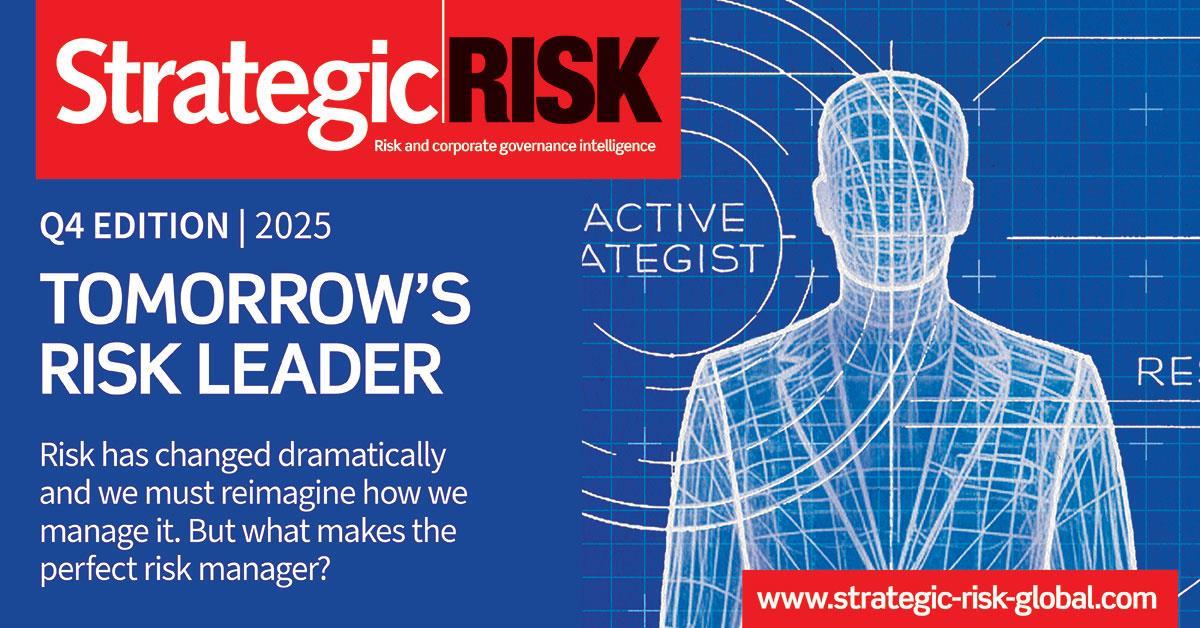Mark Cliff, Axa director for commercial lines and intermediaries, outlines the vital steps for a successful new year.
Doom mongers claim the Millennium Bug will bring about the "end of the World, as we know it". Others believe it's all hype.
The figures though suggest there is something to worry about. There are between 20 and 40 billion chips worldwide: 20% are in commercial systems. If 95% have no problem this leaves 200 million that will fail. Let's be optimistic and say 99% of the chips that do fail cause no identifiable problems – then two million will be problematic.
If 95% of the problems resulting are averted by clever operators, then 100,000 will cause serious safety incidents and they are likely to occur simultaneously. Even the optimists should worry.
Intermediaries should concentrate on everyday issues rather than the drama discussed in the media.
The insurance industry will face a greater challenge than most as it must not only strive to keep its own business going but must also help its customers.
To compound the industry's situation there is the potential for problems with the power supply; either through power cuts or "brown outs" which produce supplies at a lower voltage.
Even if electricity companies say there won't be a problem within their distribution areas, the power has to get there in the first place. That isn't guaranteed.
We already know quite a lot about New Year 2000. We know many firms will close for a full two weeks. Also, we know we can't rule out winter weather which brings more claims. We can guess that staff will experience difficulties getting to work.
It is very late – but not too late – for the small intermediary to start working towards some degree of compliance, and a business continuity plan, just in case. Intermediaries should strive to ensure that an intense programme of testing backs any compliance strategy – your first test must not be January 1, 2000!
There is a view that many companies which have concentrated solely upon applications software, are less sure about operating software, probably have some non-compliant hardware, and perhaps have still to think about networks, power supplies, telephones and so on. Efforts should be made to validate every aspect of your systems.
A day to day business check:
- Applications software: (e.g. software house-supplied EDI software) tested, fixed and certified by the supplier.
- Operating software: (like Windows 95 or 98) will work properly.
- The hardware: even reasonably new hardware isn't necessarily Y2K compliant, because of the chips inside.
- Voice and data networks (like BT's). These can't be guaranteed to work – have you planned what to do if they don't? Switchboards? New systems have battery back-up for a few hours only. Have you thought of what to do if this isn't enough?
- What if there is a power failure. Most of us have some experience of power-outs, and a plan here can help with the direct exchange of information, or of home or mobile telephone numbers.
It may be that your faxes and mobile phones can keep your business running even if your main switchboard has problems – but have you run a check to find out?
The emphasis must be on testing rather than written compliance. But don't attempt to do this without having skilled professionals to plan the whole process, because it is possible to roll dates forward and not get the system back, or to erase your data during the course of the test.
To avoid this, ensure it has been properly planned: have the experts to hand before, during and after the test: ensure the data has been copied and a copy kept, safely away from the machine, to use in case there is a problem. Finally, have a plan in the event that the test really goes wrong.
If you would like a copy of the booklet written for brokers, "Time Together", then just call our UK helpline, on: 01 AXA AXA AXA (01292 292 292).
Hosted by comedian and actor Tom Allen, 34 Gold, 23 Silver and 22 Bronze awards were handed out across an amazing 34 categories recognising brilliance and innovation right across the breadth of UK general insurance.













































